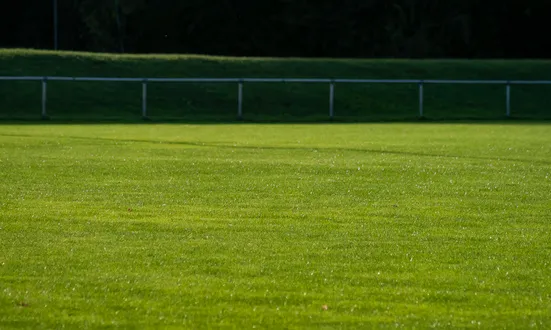Keeping tabs on the Singapore Pool live score is normal for any horse racing enthusiast. Whether they are seasoned or novice punters, staying updated with real-time race information is essential for making informed betting decisions.
In addition to utilising the insights gleaned from live scores, understanding the various factors that could influence race outcomes is crucial, mirroring the approach taken in Singapore Pools football. Among these factors are the different track surfaces.
Dirt, turf, and synthetic are three of the most common and popular horse racing track surfaces.
Each surface presents unique challenges and advantages for horses and jockeys. Learning about the intricacies of each surface is essential for bettors aiming to make informed decisions and maximise their chances of success in horse racing betting.
Incorporating the best betting strategies for each track surface can also enhance a punter’s success. These insights serve as invaluable guides, enabling punters to navigate the complexities of each surface effectively.
Understanding the condition of dirt tracks is crucial for accurately predicting race outcomes. The track’s surface condition, whether fast or wet-fast, profoundly impacts horse performance and race dynamics. Fast tracks, characterised by dry surfaces, often yield the fastest times for horses. Wet-fast tracks, although slightly moist, maintain firmness, allowing horses to maintain swiftness. Punters should meticulously analyse speed figures and pace handicaps to gauge race dynamics and identify trends for informed wagering.
In turf races, the jockey’s role becomes pivotal, requiring strategic ground-saving and well-timed sprinting. Unlike dirt track races, where speed dominates, turf races demand a more nuanced approach. Knowledge of jockeys’ skills and past performances aids in assessing a horse’s likelihood of success.
Additionally, understanding turf track conditions is crucial. Certain horses excel on slightly moist but firm turf surfaces, while others perform better on softer, wet courses. Evaluating a horse’s endurance is also vital, as turf races typically span longer distances than dirt tracks. Assessing a horse’s past performances in longer-distance turf races can provide insights into their stamina and potential for success.
Synthetic tracks offer durability in various weather conditions, making them less susceptible to weather-related disruptions compared to dirt or turf. However, monitoring weather forecasts remains essential to anticipate any changes in track conditions. Evaluating a horse’s past results on synthetic surfaces helps identify those likely to excel on this track type. Punters should look for horses with a history of success on synthetic tracks to gauge their potential performance in future races accurately.
To summarise, understanding the nuances of different track surfaces is paramount for successful horse betting. By incorporating betting tips tailored to each surface type, punters can make informed decisions and maximise their chances of success in horse racing.

